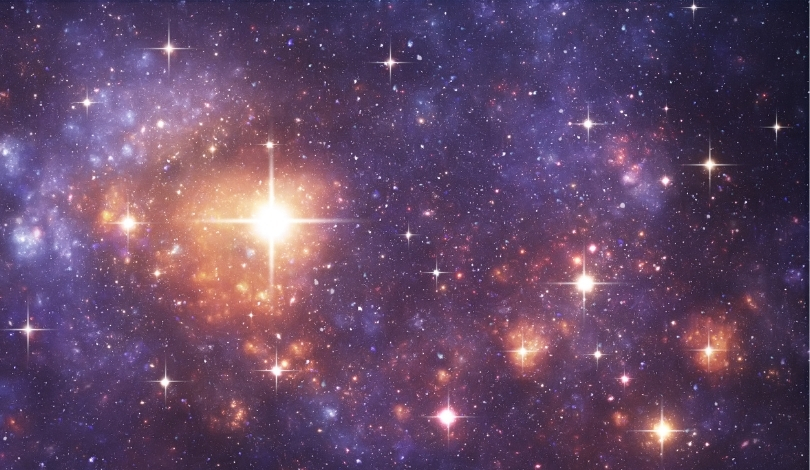Astronomers have confirmed the existence of two distinct exoplanets orbiting the Sun-like star HD 118203, located approximately 300 light-years from Earth in the Ursa Major constellation. The discovery of the second planet, known as HD 118203 c, adds complexity to the system that already contained HD 118203 b, a well-documented “Hot Jupiter.” The findings provide insights into the dynamics of planetary systems and may assist in understanding the formation of gas giants.
What are the characteristics of the newly discovered planet?
The newly identified HD 118203 c has a mass up to eleven times that of Jupiter and orbits at a distance of 6 astronomical units (AU) from its host star, taking approximately 14 years to complete one orbit. The star HD 118203 itself is a G-type yellow dwarf, roughly 20% more massive than the Sun, with a slightly older age estimated at around 5 billion years. Knowledge of the star’s characteristics aids researchers in understanding the gravitational interactions within the system.
How did researchers confirm the existence of HD 118203 c?
The team, led by Gracjan Maciejewski from Nicolaus Copernicus University, employed advanced Doppler Spectroscopy and photometric observations to ascertain the existence of HD 118203 c. Despite initial suggestions of a single planet, continued observations indicated the potential for a second, wider-orbiting planet. As Prof. Andrzej Niedzielski pointed out, “Doppler observations…indicated that there might be another planet out there.”
What are the implications of this discovery for planetary science?
The hierarchical arrangement of these two planets suggests a stable and long-term balance in the gravitational interactions between them. The study concluded that the presence of General Relativity effects may contribute to maintaining this stability over extended periods. Maciejewski noted, “Patience pays off,” highlighting how continual data collection proved crucial in refining the understanding of this unique system.
Insights from HD 118203 and its Saturn-like companion will enhance comprehension of planetary formation theories, including the dynamics of gas giants. This discovery underscores the intricacies of planetary systems, as researchers plan ongoing observations to explore potential additional planets within this intriguing system.










